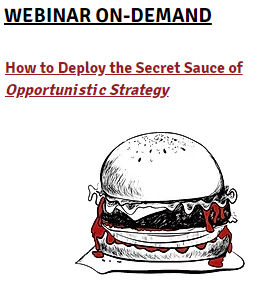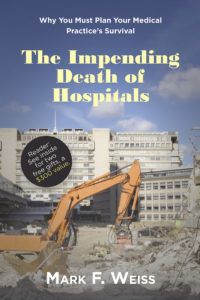I read an interesting blog post about the fact that we tend to think we live in such modern times, when, in many cases, what we see as new is simply the repeat of a prior trend. The current instance may not be the same technologically, but, at its heart, it’s one and the same concept.
For example, we think that it’s very modern to have meals prepared remotely and then delivered to us at home. And, we think that it’s wonderful that now everything can be delivered to us via merchants such as Amazon or Jet.
But as that blog post pointed out, in the mid-1800s London, eating out was what people did. Even the relatively poor didn’t eat at home. That’s because it cost more to cook at home. Additionally, most people lived in apartments and most apartments didn’t have kitchens. Instead, apartments had a fireplace, which was sometimes used to heat a pot over some coals, but that required fuel (which was expensive) and it required time.
So, what developed was a culture in which even the poor ate at roadside stands, and in which even the working class could afford to have meals delivered: not only the food, but also the plates and utensils, just like home delivery catering today, but for the masses.
The same thing was true in mid-1800s London in terms of ride sharing. Most didn’t own carriages because they were very expensive. Instead there was a plethora of other ways to share rides – from horse-drawn buses and cabs to other shared coaches.
Londoners of the time also had shopping come to them. There weren’t any department stores, so vendors would travel from door to door, selling and delivering their specialties.
While history may not repeat itself, it’s been said that it sure does rhyme.
Trends (in one direction and then a reversal, and so on) are prevalent in healthcare, too.
As I describe in The Impending Death of Hospitals, healthcare was originally delivered in the home.
The notion of public hospitals didn’t exist in the U.S. until the mid-18th century when Dr. Charles Bond and Ben Franklin formed the first public hospital because the poor didn’t have homes in which to receive care.
The “hospital trend” is now reversing itself, with hospitals losing favor both in terms of their attractiveness to patients and payors. Instead, the care setting is trending toward surgery centers, other freestanding facilities, and even the home.
These trends ebb and flow like men’s ties move from wide to narrow.
Some few will be able to buck the trend. Some few will be able to devise a counter-trend as a way to distinguish themselves from other competitors.
But for most, the opportunity is to be found in riding the trend: How will you take advantage of the movement of care to sites outside of the hospital?




